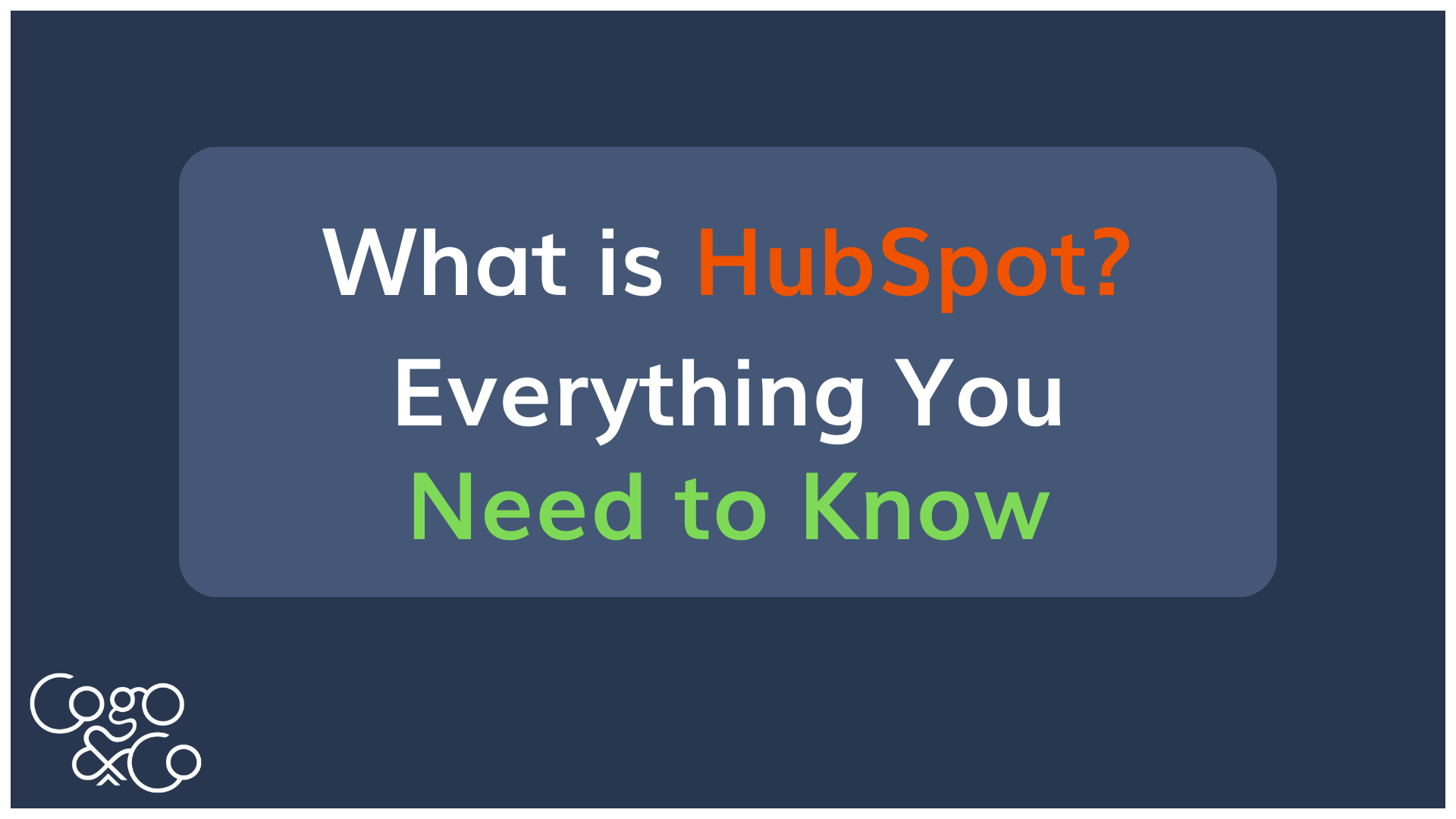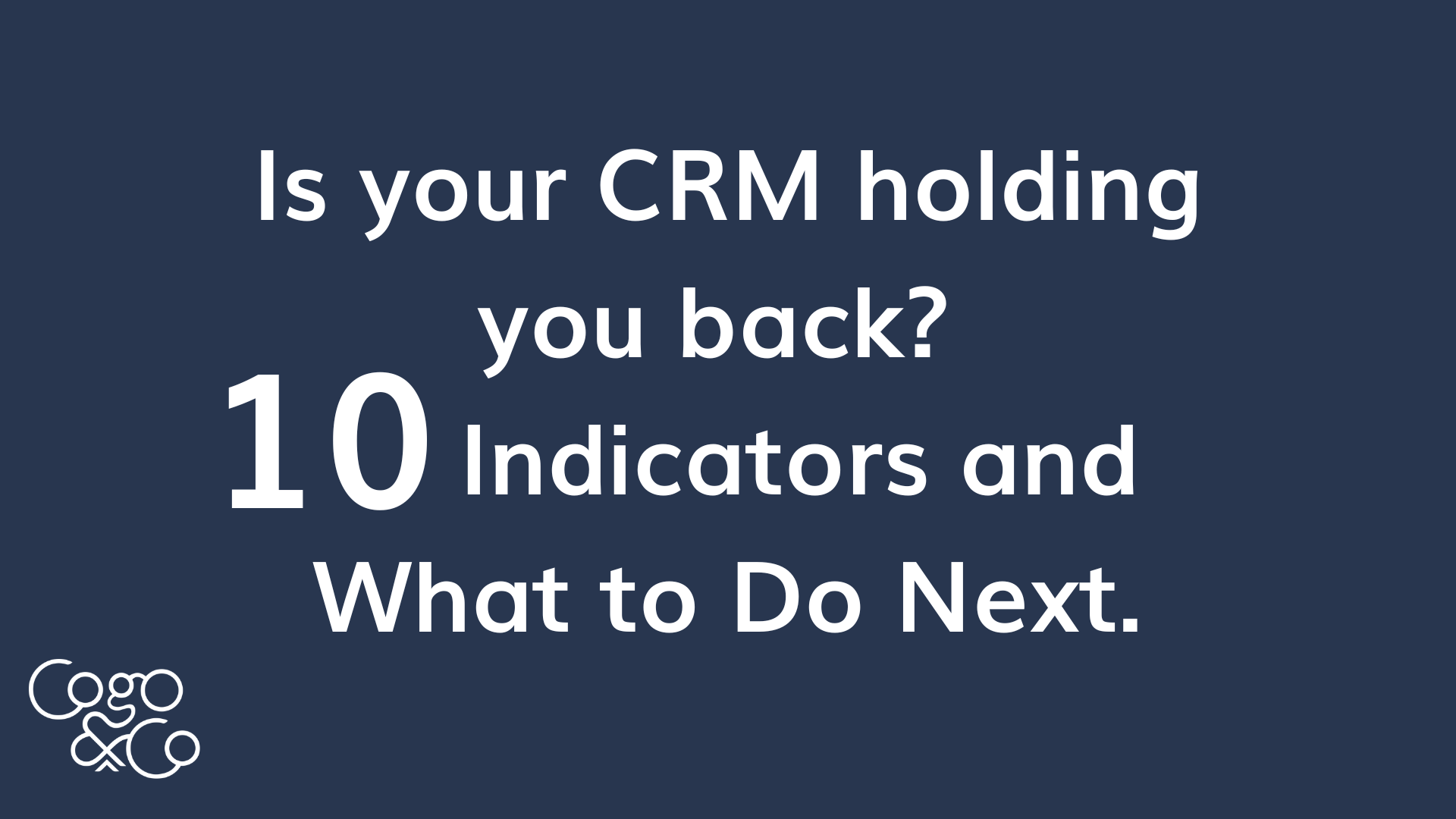A staggering 33% of marketers send out weekly emails to their subscribers. But here's a question: How many of those emails actually made an impact?

Aug 28, 2023 3:32:53 PM Cogo Team insider, Inbound Marketing, Growth Strategies, HubSpot
Read More »
.png)
Are you tired of feeling frustrated with your disjointed marketing and sales stack? If so, you're not alone. According to a report by IDC, sales reps waste an average of 50% of their time on unproductive prospecting, while marketing assets go unused by sales 65% of the time (Source: IDC). This misalignment between sales and marketing can cost businesses valuable time and resources, as well as hinder their ability to generate revenue. The good news is that there's a solution that can help bridge the gap between sales and marketing - an integrated Customer Relationship Management (CRM) system like Hubspot Sales and Marketing CRM.
A Customer Relationship Manager (CRM) is a technology-based platform designed to help businesses manage their customer interactions effectively throughout the customer journey. The main objective of a CRM is to maintain a holistic view of customer interactions, which includes sales, marketing, and customer service interactions.
A CRM provides businesses with a centralized database that stores all customer data, including contact information, purchase history, communication history, preferences, and feedback. This data allows businesses to develop a deep understanding of their customers, which enables them to create targeted marketing campaigns, provide personalized customer service, and make data-driven decisions.
Typically a CRM includes several features that are critical for managing customer interactions, such as lead management, contact management, sales pipeline management, email marketing, social media management, and analytics. These features enable businesses to automate and streamline their sales and marketing processes, making them more efficient and effective.
With a CRM, businesses can track and monitor customer interactions across different channels, such as email, social media, website, and phone, enabling them to provide a consistent and seamless customer experience. Additionally, a CRM provides businesses with advanced reporting and analytics tools that allow them to measure the performance of their sales and marketing efforts, identify areas of improvement, and optimize their strategies accordingly.
Overall, a CRM is a critical tool for businesses that want to improve their customer relationships and achieve long-term success. By consolidating customer data and providing a centralized platform for managing customer interactions, businesses can enhance their communication with customers, develop strong customer relationships, and increase their revenue.
As a business grows, it becomes imperative to manage customer relationships effectively. Customer Relationship Management (CRM) software is designed to help businesses organize and manage interactions with their customers. However, as businesses grow, their needs change and their CRM solution may no longer be sufficient to meet their needs. Here are 10 indicators that your company has outgrown its CRM solution:
May 11, 2023 4:46:00 PM Gabrielle Guidero Growth Strategies, HubSpot
Read More »

